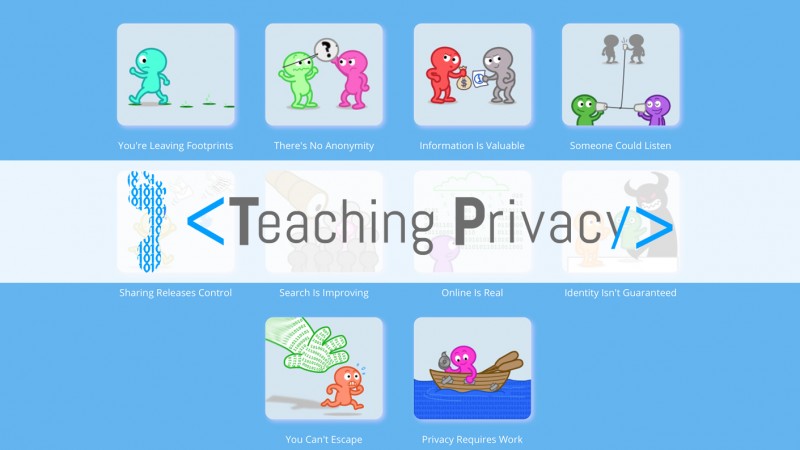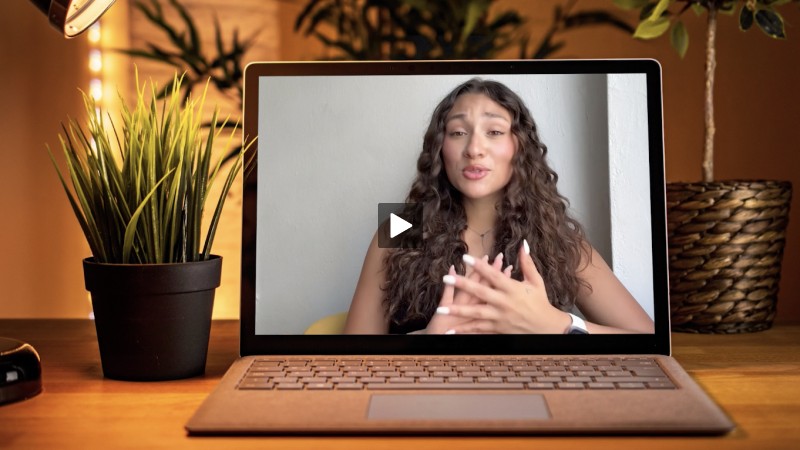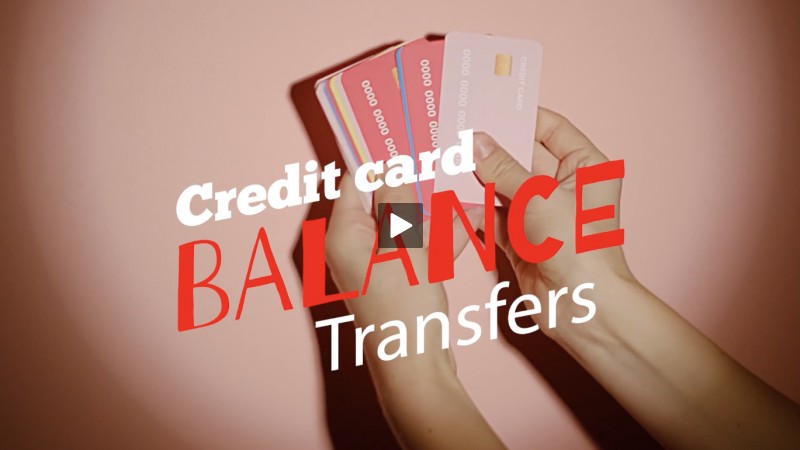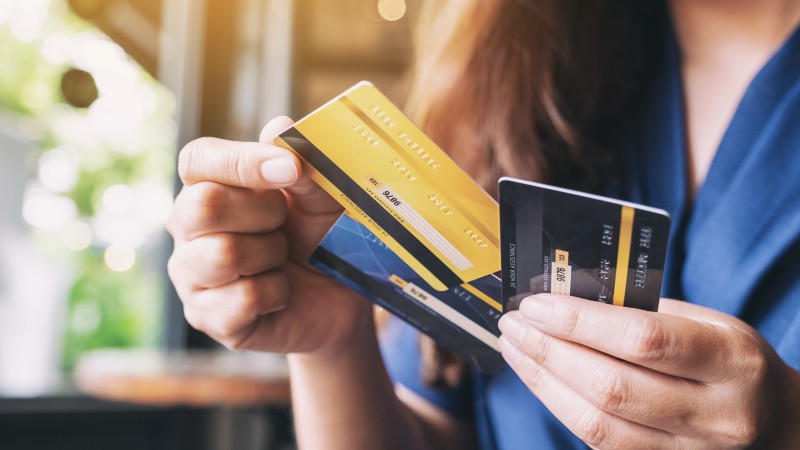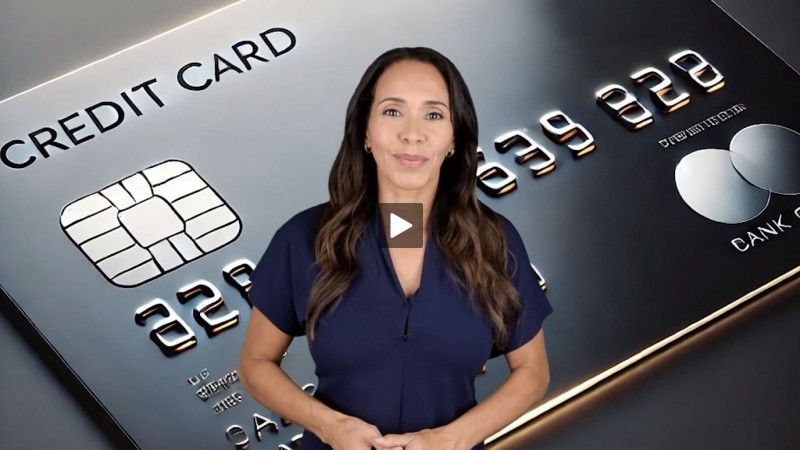Take 5 Steps to Protect Your Privacy and Financial Information
- Details
- Written by Remar Sutton
- Category: Articles

Identity theft and fraud targeting your financial information and well-being continue to increase. In its latest figures, the Federal Trade Commission reported a 47% percent increases in identity theft complaints from 2014 to 2015. A Department of Justice Survey indicated that 17.6 million Americans experienced ID theft in 2014.
Taking the following 5 steps can provide significant protection for yourself and your money.
Digital devices and online connectivity make life more efficient and convenient. But the advantages may also lead to increased risk of identity theft and financial fraud that target your money.
Taking the following 5 steps can provide significant protection for yourself and your money.
1. Review the Security Settings on All Digital Devices, Apps, and Websites
Choose settings that offer the most protection.
Check the privacy and security settings of the operating systems before using any digital device—smartphones, tablets, laptop, desktop, Wi-Fi router, and any household device you can connect to over the Internet. Do not use the factory settings.
Review and select the strongest privacy settings on all browsers that you use.
If you access a website or online account using different devices and apps, check the security settings for each way you access the website or account. For instance, accessing a financial account from your laptop may have different security options from the app you use to access that same account from your smartphone.
For more information and resources, see Have You Checked Your Privacy Settings Recently.
2. Create Strong, Unique Passwords for All Accounts
Use a password only once. Create a unique password for each online account.
Make the password at least 8 characters long. Many experts now recommend 10 characters or more.
Use a random mixture of letters (upper and lower case), numbers and symbols. Don't use letters or numbers in sequence (such as, abcdefgh or 12345678 or the reverse).
Don't use personal names, dates or other information. Don't use words unless scrambled with numbers and symbols.
Record your passwords in a secure location, such as a small notebook you keep in a secure place at home. If you have too many passwords to remember conveniently, consider a good password manager and create a very strong password for the manager.
For more information, see How to Build Strong Passwords.
3. Check Your Credit Report for Errors and Your Financial Accounts for Fraudulent Activity
Check your credit report regularly to spot any errors or fraudulent activity. Particularly, check for any new credit or loan accounts that you did not open: for instance, a sure sign of identity theft is the presence on your report of a new account (such as a credit card or car loan) that you did not sign up for.
Report such fraud and other errors, such as in your address and other personal information, to each of the three major credit reporting agencies (CRAs). These are www.equifax.com, www.experian.com, and www.transunion.com.
Get one free annual copy of your credit report from each of the three major CRAs at www.annualcreditreport.com. This is the only official site for obtaining your federally mandated free reports. To keep a running check through the year, stagger your review by getting a report from a different CRA every 4 months.
Regularly check all your financial account statements, such those for credit card and checking accounts, for unauthorized or fraudulent activities. Using paperless statements and automatic payments makes it very easy to skip this important monthly activity. Report immediately any charges or activity you did not authorize to the financial institution.
For more information, Credit Report Errors Can Ding Your Wallet and Life! What to Do
4. Consider Putting a "Freeze" on Your Credit Report
Restrict access to your credit report by putting a "credit freeze" or "security freeze" on your account at each of the three major CRAs. Experts advise that this step can help prevent identity thieves from opening fraudulent accounts in your name.
Use a credit freeze particularly if any institution (such as a bank, retail store, insurance company, medical center) informs you that hacking has exposed your personal and financial information to potential theft.
Be prepared to pay a small fee to place the freeze and to remove it temporarily when you want to apply for new credit. Fees vary by state.
Note that a credit freeze does not affect your credit score.
For more information, see Credit Freeze FAQs from the Federal Trade Commission (FTC).
5. Follow Smart Practices for Safely Communicating, Surfing, and Shopping Online
Install good security software on all your devices. Keep the software updated to protect against viruses and other malware and to screen email and websites.
Be alert for phishing scams. Never click on any link you receive in an email. Many scams phishing to steal your financial information appear to come from reputable entities such a company or financial institution you do business with or a reputable government agency such as the IRS or FBI. If you think the email may be legitimate, independently contact the person or company to confirm before opening or downloading any file.
Avoid websites that ask you to "sign up" for "free" anything by providing personal information. Many such sites also may download malware without your knowledge. That's another good reason to have good security software installed and up-to-date.
Avoid clicking through on pop-up ads. Even if you know the company is legitimate, directly access the company's website rather than reach the site by clicking on an ad.
Use a credit card, not a debit card, for all online purchases. Credit cards provide better protection against fraudulent charges.
For more information, see Shopping Online and Online Security from the FTC.
















